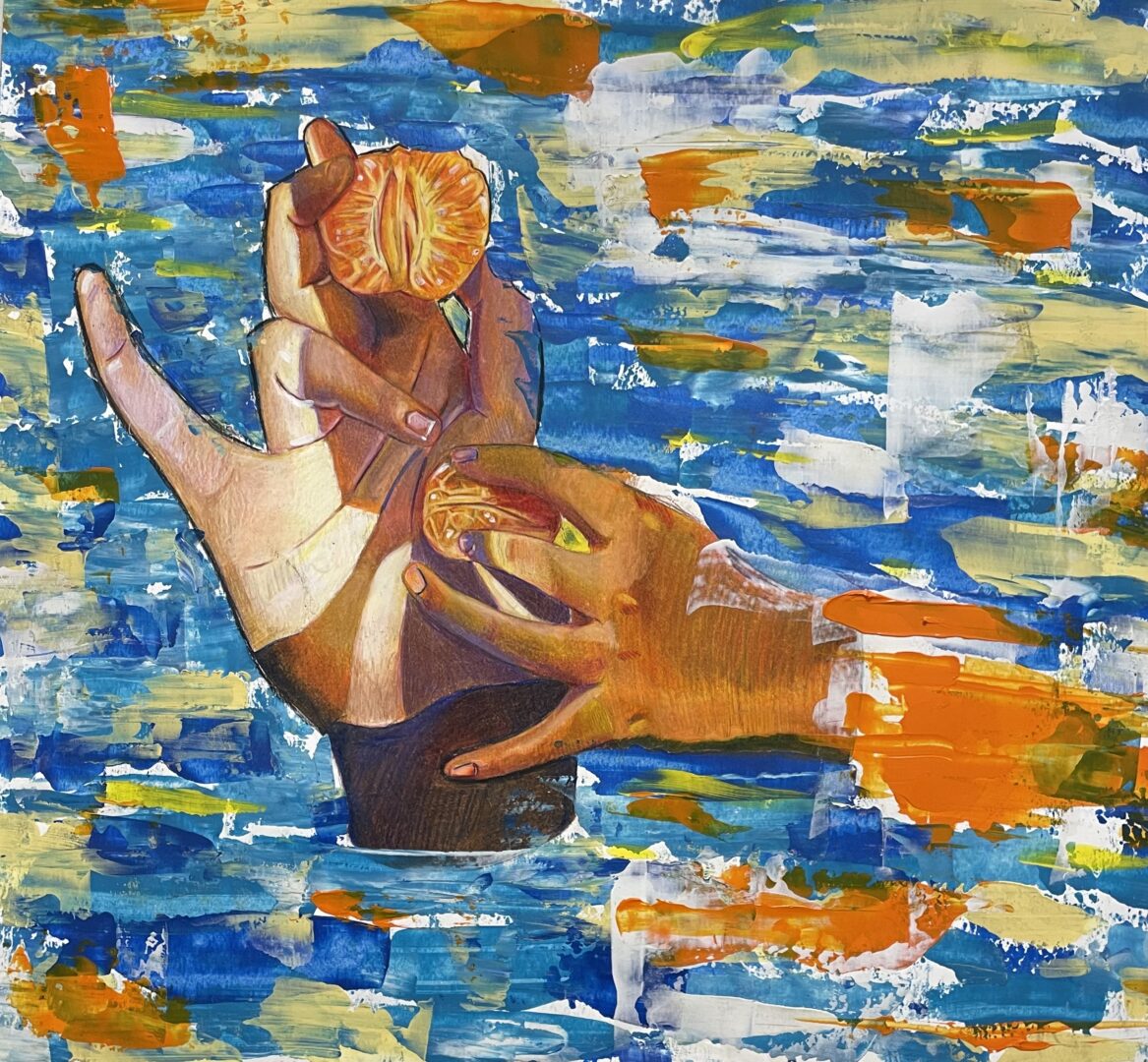
In kindergarten, a teacher once started a lesson with, “close your eyes and imagine you’re on a beach.” I replied that I couldn’t, and instantly, I heard mumbles from my peers. Zaire speaking out of turn wasn’t normal, and it was something to capitalize on; my teacher thought the same. She proceeded to say, I wasn’t trying hard enough, I was causing disruption, and I needed to stop, or “your mother will be called.” (A sentiment that now I understand was bullying, like that of my peers). The class oohed. Goody-two-shoes, in trouble? That calls for a reaction: one constantly repeated throughout elementary. Teachers were annoyed and I went from being threatened with a call to my parents to being sent to my mom’s room once she became a teacher. Quickly, I learned I’d constantly be shut down for voicing a learning disability simply due to it being rare; it being aphantasia.
Aphantasia is the inability to voluntarily create mental images in one’s mind. Image-free thinking. It’s believed to only affect 1 to 3% of the world’s population. A phenomenon relatively unstudied and not recognized as a learning disability.
As a writer and a part of a high school creative writing program, it’s a challenge. I write poetry, fiction, creative nonfiction, and other genres of literature where the critique I received most is: “Can you add more imagery? Where are the sensory details?”
I don’t see roasted pumpkin orange leaves in my head when describing trees stripping themselves to show their bark when the air turns colder. I don’t inhale the golden pollen that’s been released from those green binds as the grass is freshly cut. I don’t feel the starchiness of those white linen cloths pleasantly plucked off the strung line. And you, the reader, might have been able to put yourself out in a courtyard with crimson thorny bushes and gold-charcoal bees. In that grassy backyard of your neighbor’s house. That scene in Italy (or Spain) in the countryside where the people hang their clothes to air dry. It’s something I’ve learned to keep to myself, like the times I’ve cried over assignments because I’ll never be a true writer. A secret that only you, the reader, and I will only know.
Living with aphantasia isn’t weird; how can it be when this is all I know. It only poses a challenge when nobody takes me seriously. Even when I explain it: I place a semi-bright orange in front of you. You see the orange, then suddenly, a sheet of paper is placed over your face. You know that semi-bright orange is there, you know the appearance, texture, and taste but, you can’t see it. Those senses are stripped from you, and as you tell the person in front of you exactly what you know about the orange, they say “you’re lying,” simply because you can’t see. That’s what it’s like for me, I’m lying despite having the truth dripping from my tongue.
I’ve stopped mentioning my aphantasia and simply learned how to deal with it: subtitles with spoken dialogue, ignoring the snickers from my peers. Making connections with concepts I know (while mimicry in my imagination is impossible, the familiarity is there). Using the internet when possible (asking teachers to provide references) to be able to see exactly what others perceive when they create in a dimensional plane installed in their brains. A way to navigate through school in a colorful manner, successfully becoming a writer. A writer uses figurative language to aid them in their creation of worlds, a tool that is readily available in a delayed heartbeat. Visually, color was the only way to pretend I was a normal writer in a world where me being normal was drafted under a joke. Of course, the only joke I notice is how I’ve been forced to create hallways that contained artwork and mixed media through the many years of life (quite literally only 18) filled with a variety of colors, with specific names being branded into the titles of these pieces to maintain a connection. The images don’t appear, they don’t flash, I don’t even get the awfulness of technicolor. When comparing my lack of vision to a TV, there’s static then nothing but an analog channel fritzing in crackles of black, white, and gray, your typical monochrome. You know what channel you’re on, the theme of the show, the name, the important parts. The colorful specificity associated with the joys of modern technology with blueprints and manuals, although, it’s down to the smallest detail of a decimal that renders the objects from these blueprint creations impossible to ever miss. Navigation of my own challenges lay before me without a single cure.
In working with this learning disability of mine (no matter how much people would say aphantasia isn’t one), digesting the world around me became easier. I no longer question my skills as a writer (no self-help books internalized but, one was essentially created). I’m somewhat at peace with the skills I’ve established in my time (ignoring the euphemism for age that could’ve been spoken). Although, it’s not every day you meet someone who overcompensates for the lack of imagination with an affinity for colors.